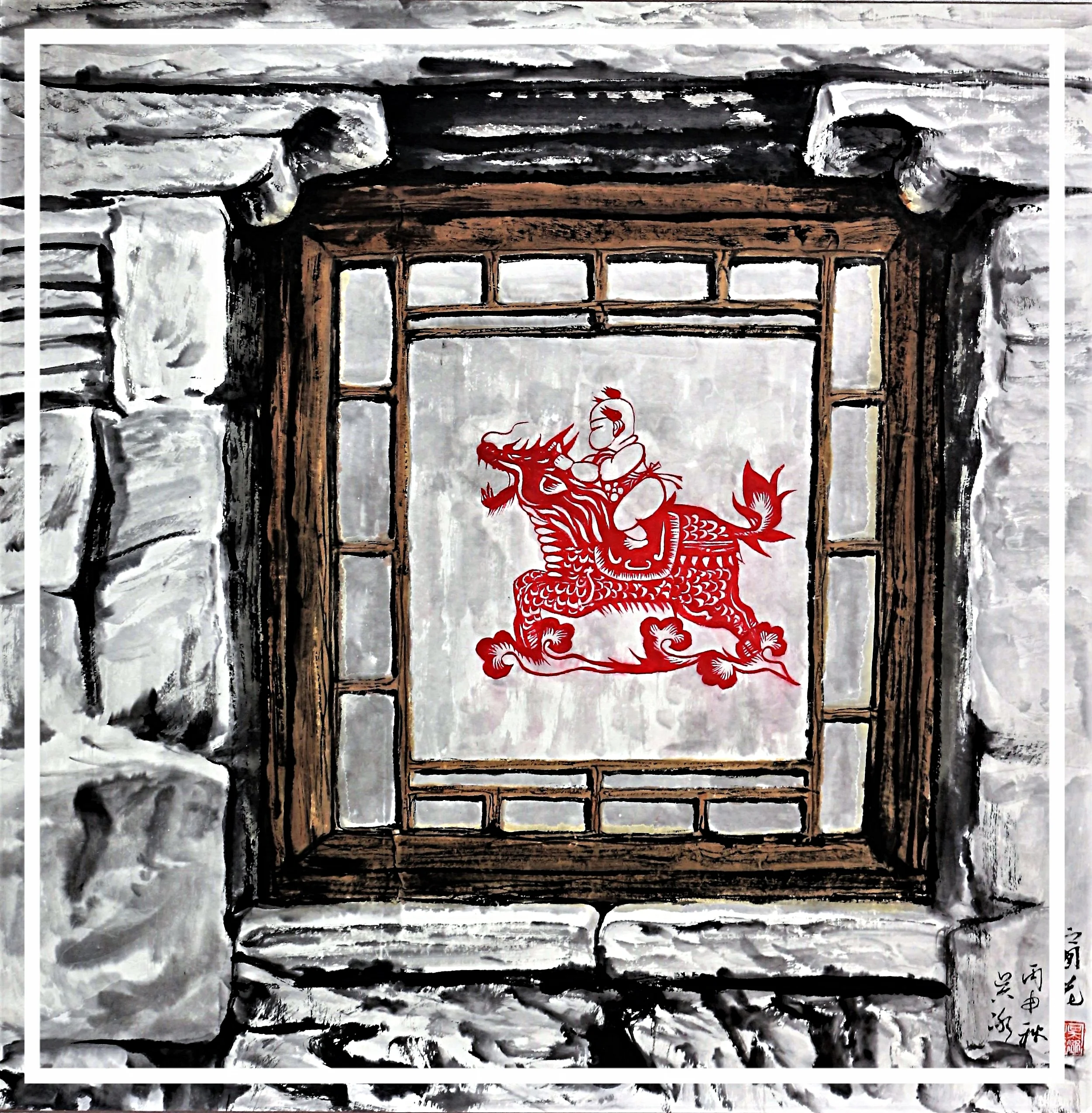Bing Wu, from Shanghai, China, graduated from Fudan University as a bachelor of Archaeology and Museology in 1981. After graduation, Mr. Wu worked in Shanghai Museum and did research on ancient Chinese Art. At the end of 1989, Mr. Wu studied abroad to Japan. He then graduated as a Master of Art in Kyoto University of Education in 1994. Currently, he is the principal of Ni Shan Academy of Painting and Calligraphy, member of the council of Shandong Overseas Exchange Association and researcher in Shanghai University.
Mr. Wu Bing have learned painting since his very young age. At the age of ten, his paintings have been chosen into Shanghai Youth Art Exhibition for several times. For decades, Mr. Wu has devoted his time to research ancient Chinese art and culture which has given him a profound background of painting and asian ideology. Mr. Wu’s art style is full of creativity. In order to achieve the purpose of shaping the artistic image, he uses the technique of light and shadow to illustrate his aesthetic taste. Moreover, he emphasizes that a good painter should follow the age. As the result, his paintings are frank and simple, he often draws a spectacular picture yet portrays the little details very sensitively. Every painting he has drawn on the board, he is trying to give them totally identical characteristics and treat them as they were alive. Mr. Wu Bing often attends high-level art exhibitions, earning around applauses and commendation from his peers. In 2014, his “Chain of mountains” was selected into Chinese global art exhibition host by Chinese Ministry of Culture, China Artist Association and Overseas Chinese Affairs Office of the State Council.
Along with his path, Wu Bing learns to use pigments to depict the interaction and the relationship that Mankind, as individuals and collective groups, has with their social, culture and natural environment. By using the poetic expression of the painting, and uniquely graphic illustration of the Chinese characters, he tries to find the inner harmony among the intrinsic nature of these relationships.
As an embedded eastern philosophic artist and human being, Wu Bing incorporates both water painting and oil painting, both impressionism and expressionism to pursue the answer of perhaps the most fundamental yet the most critical question in human history: the purpose of life, the nature of the world.

